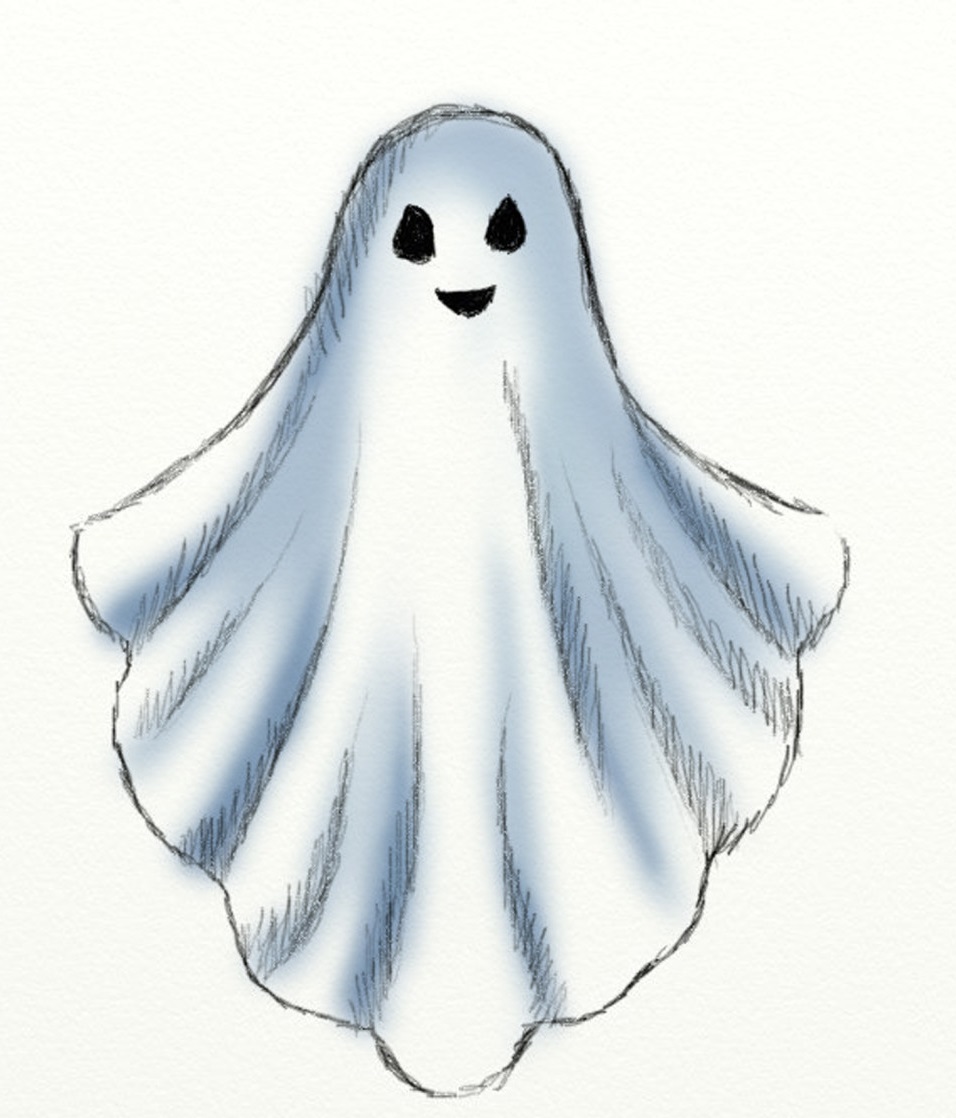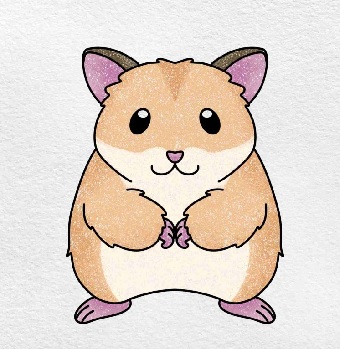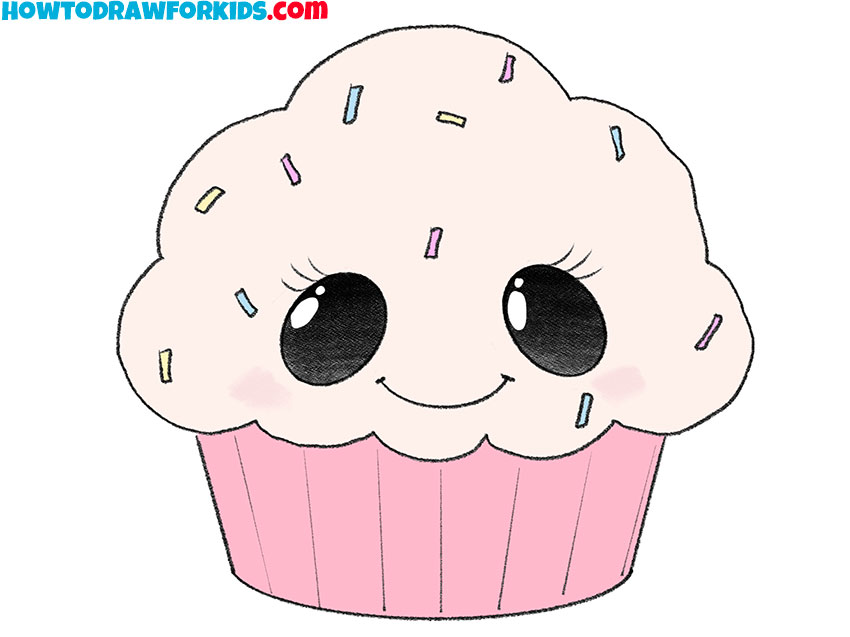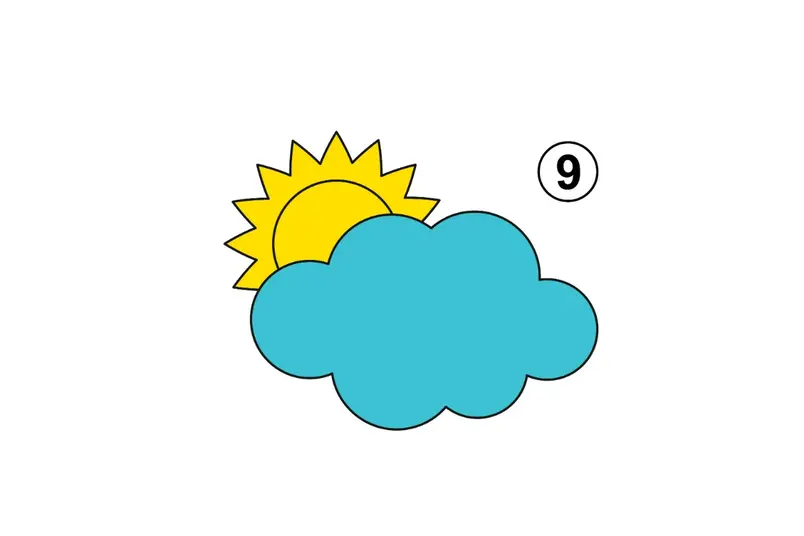
If you are looking for a great tips to draw faces, you have got the right one. This guide is simple enough for kids to enjoy the work, and progressive enough that they will feel challenged without becoming frustrated. There are also tips as to how to keep them interested in the exercises and motivated to learn.
Face is the part of the body that expressed the emotions of a human. It is the most expressive part of a human body. Hence, it can be challenging to reproduce human faces on paper. I have created two step by step tutorials to illustrate two methods to draw human faces. Afterwards, I will move on to several graphical step by step representations of the same basic principle.
–––––
All you need is an HB pencil, rubber, paper, pencil sharpener and a cotton bud .
How to Draw Faces
METHOD-1: Without Guidance Lines
We will draw a female face using this method.
Step-1:

First draw a oval shape like an inverted egg to give the shape of her face. The two lines below will comprise her neck.

Now let’s start to draw the hairs. Start from the top of the head and finish off around the chin.

Add the inner part of the hair that will be in front of her face.

Draw hairs on the other side of her head.

Now start drawing her curly braid. Start with few flat S shaped lines on one side, then curved line on the other side.

Add her eyes close to the middle of her face. Add the eyebrows.

Add the nose and mouth.

Finish off the drawing by adding more curved lines in her hair and braid. Make the inside of her eye and mouth darker. It’s done.
METHOD-2:
With Guidance Lines
––––––––
In this example, I will draw a man’s face using guidance lines.

Draw a vertical oval shape that will be the head. Draw three horizontal guidance lines that will place the eyes, nose and mouth respectively. Draw a vertical line in the middle.

Place the eyes, nose and mouth onto the lines.

Add facial features more precisely. Gently draw eyebrows and ears.

Draw hairs. Use simple stokes of the pencil to complete the facial contours. Use darker tints to create the shadows.

Give finishing touches by sketching with pencil. Try to make the face more realistic.
Taa Daa. You have just drawn two beautiful human faces. Congrats! Let us move on to other examples.






























Since drawing is often the first effective way for children to communicate with the outside world, having this resource available will help your child express needs, wants, and emotions more efficiently. If your child is extremely motivated to learn how to draw, this guide will not only teach your child how to become a better artists by learning to draw human faces.
S/he will also begin developing important cognitive skills to start exploring the outer world by effectively expressing a view of the things s/he sees. But there is more, as your child can also start to express the direct environment, including family, friends, and other loved-ones.
Children who can relate to others develop what is called Adaptive Skills, which let them adjust and relate to new situations much easier. This resource will help your child develop that adaptive behavior. For instance drawing the faces of the parents will help your child become a better artist.






